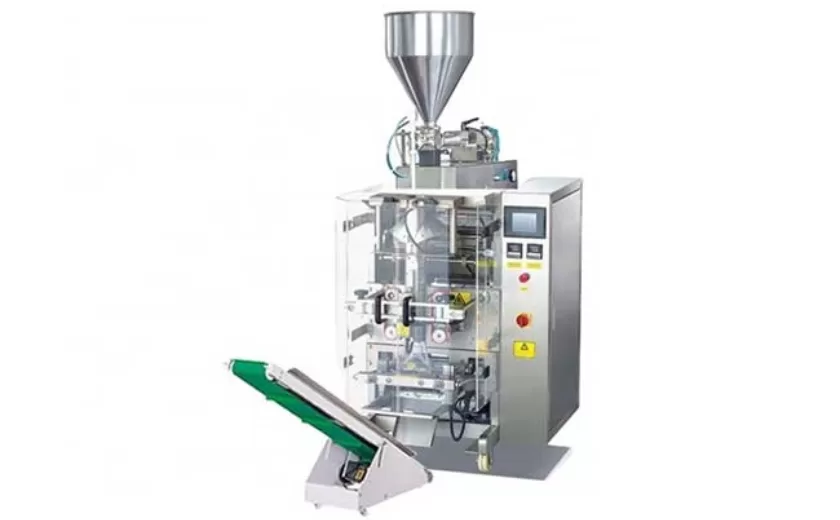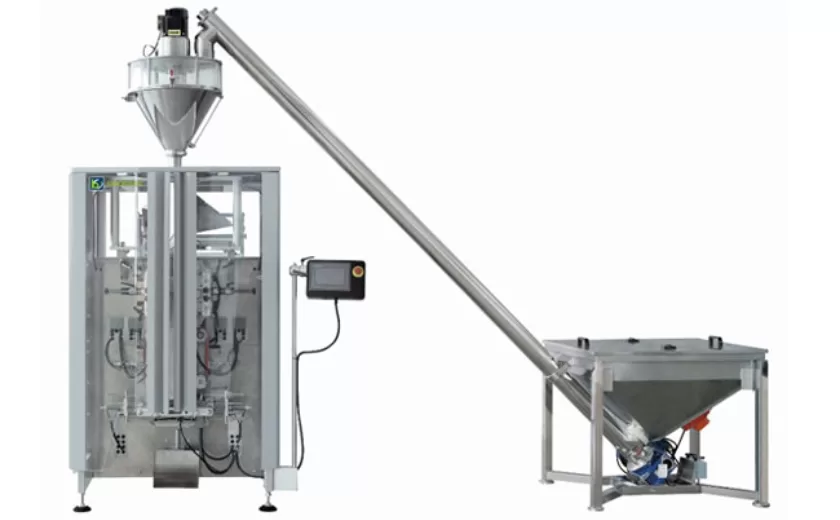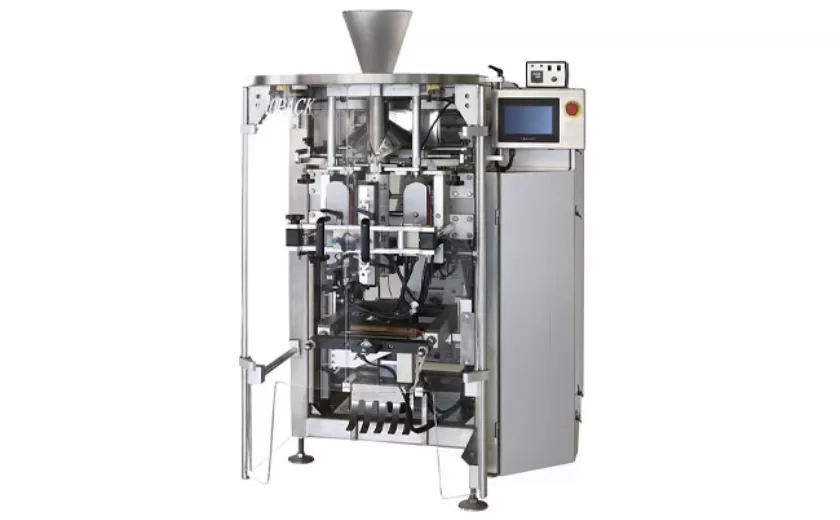Understanding Compliance Regulations for Pouch Liquid Filling
Ensuring compliance with regulatory requirements is paramount in the pouch liquid filling industry. This article provides a comprehensive understanding of the regulations governing pouch liquid filling operations, outlining best practices to maintain compliance.
Quality Assurance
To ensure product safety and quality, adherence to good manufacturing practices (GMPs) is essential. GMPs establish guidelines for proper sanitation, equipment maintenance, and quality control procedures. Traceability systems must be implemented to track product ingredients and manufacturing processes.
Food Safety Regulations
For food products, compliance with food safety regulations is mandatory. Regulations such as the Food and Drug Administration’s Current Good Manufacturing Practices (CGMPs) and the European Food Safety Authority’s General Food Law (GFL) set forth requirements for hygienic practices, food safety management systems, and labeling.
Environmental Regulations
Pouch liquid filling operations must comply with environmental regulations to protect the environment and mitigate waste. Federal, state, and local regulations govern air emissions, wastewater discharge, and waste disposal. Implementing green initiatives, such as using recyclable materials and energy-efficient equipment, can help minimize environmental impact.
Occupational Safety and Health
Ensuring the safety of employees is paramount. Compliance with occupational safety and health regulations, such as those established by the Occupational Safety and Health Administration (OSHA), is essential. These regulations address hazard communication, personal protective equipment, and workplace safety.
Equipment Validation
Equipment used in pouch liquid filling operations must be validated to ensure it meets specifications and performs consistently. Validation involves conducting tests to demonstrate accuracy, precision, and reliability. Maintaining proper calibration records and implementing maintenance schedules are crucial for equipment compliance.
Labeling and Packaging
Labeling and packaging requirements must be met to provide accurate and transparent information to consumers. Regulations such as the Food and Drug Administration’s labeling regulations and the European Union’s Food Information Regulation (FIR) set forth requirements for ingredient declaration, nutrition labeling, and packaging materials.
Quality Control
Maintaining a rigorous quality control program is vital to ensure product quality. Regular testing of ingredients, in-process controls, and finished product testing must be conducted. Establishing acceptance criteria and implementing corrective action procedures are essential for maintaining compliance.
Continuous Monitoring
Continuous monitoring of compliance regulations is essential to ensure ongoing adherence. Regularly reviewing regulations, conducting internal audits, and staying informed of industry best practices will help organizations maintain compliance and mitigate risks.
-

Advanced Packing Solutions: Snacks, Sugar, and Frozen Food Machines
29-10-2025 -

Efficient and Reliable Solutions for Salt, Nuts, and Frozen Dumplings Packing
29-10-2025 -

High-Performance Biscuits, Lollipop, and Ketchup Packing Machines for Modern Food Production
29-10-2025 -

Efficient Liquid Filling and Packing Machines for Modern Production
23-10-2025 -

Reliable Granule Packaging Machines for Efficient Production
23-10-2025 -

Efficient Auger Powder Filling Machines for Accurate Packaging
23-10-2025 -

High-Performance Liquid Filling and Packing Machines for Hygienic Production
10-10-2025 -

High-Efficiency Granule Packaging Machines for Precision and Speed
10-10-2025 -

High-Precision Auger Type Powder Filling Machines for Efficient Packaging
10-10-2025 -

Efficient Vertical Form Fill Seal Packaging Machines for Smart Production
10-10-2025





